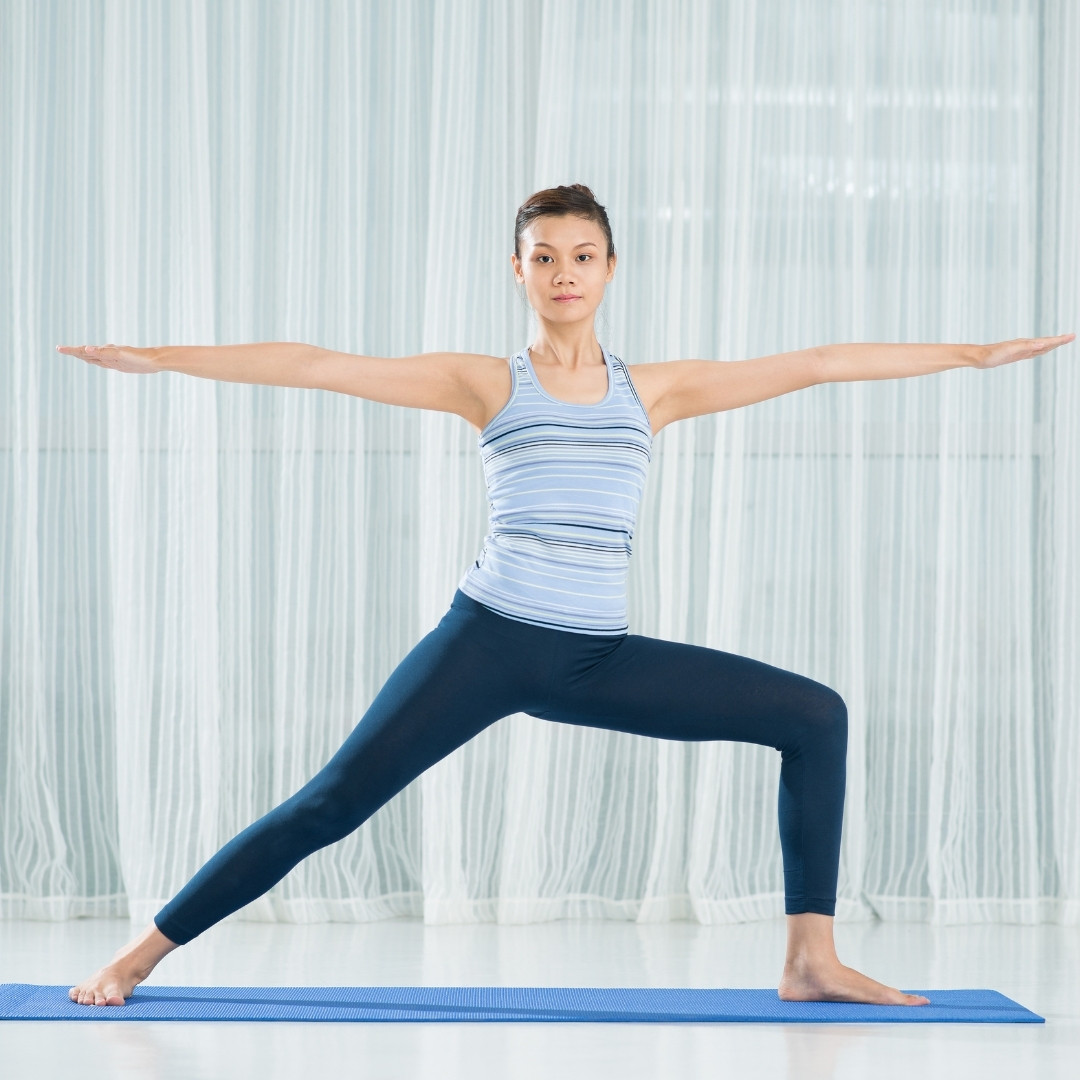Corporate yoga : Flavours of Yoga

“Yoga is a light, which once lit will never dim. The better your practice, the brighter your flame.” — B.K.S. Iyengar
Offices are slowly reopening as people are getting fully vaccinated and workers have returned to their respective workplaces. Corporates have realized that the struggle is real. Covid 19 or not, companies worldwide have already started implementing corporate wellness programs – one of which is introducing yoga in the workplace.The person who work in corporate culture can understand that how tiring is sitting in long time in front of the laptop. So because of these problems body becomes more stiff .
Balancing the personal life with office life leads to stress. How to get rid from these problems and health issues.The concept of Yoga in the workplace is based on the holistic merits of Yoga to improve physical and emotional stability of employees.
Flavours of yoga
Flavours of yoga means the essence of the practice . This includes the techniques in it.
1.Sukshma vyayama

Sukhshma vyayama otherwise called as loosening exercise. This is very mandatory for all the employees for relaxing the stiffness of joints.Yogic Sukshma Vyayama techniques are considered to be extremely powerful, as they activate the subtle pranic body. Their benefits include developing memory, intellect, willpower, and sharpening the senses.
2. Yoga Nidra

Yoga Nidra other wise called as yogic sleep. It helps to relieve from stress and anxiety.Yoga nidra, or yogic sleep as it is commonly known, is an immensely powerful meditation technique, and one of the easiest yoga practices to develop and maintain. While the practitioner rests comfortably in savasana (corpse pose), this systematic meditation takes you through the pancha maya kosha (five layers of self), leaving you with a sense of wholeness. No longer do you have to dread spending hours sitting on the floor waiting for liberation.
3. Relaxation techniques

These are techniques used to relax body and mind . It includes deep relaxation technique, quick relaxation technique , Instant relaxation technique.Relaxation techniques are practices to help bring about the body’s “relaxation response,” which is characterized by slower breathing, lower blood pressure, and a reduced heart rate. The relaxation response is the opposite of the stress response.
4. Pranayama

Breathing is something we do on a daily basis. The body, in a living state, breathes involuntarily whether we are awake, sleeping, or actively exercising. Breathing is living. It is a vital function of life. In yoga, this is called pranayama. Prana is a Sanskrit word that means life force and ayama means extending or stretching. Thus, the word “pranayama” translates to the control of life force. It is also known as the extension of breath. Every cell in our bodies needs oxygen to function properly. So it’s no surprise that research shows that a regular practice of controlled breathing can decrease the effects of stress on the body and increase overall physical and mental health. It is used to improve the lung capacity and helps to improve oxygen supply to be brain.
5. Asanas

An asana is simply a physical shape that you do with your body. Asanas are performed to improve flexibility, strength, and balance. Asanasor yoga poseshelp the body’s joints , ligaments, and muscles strengthen through movement. A regular yoga practice can, over time, increase flexibility and mobility, lubricating the spine and alignment to aid in everyday activity.
6. Meditation

Meditation has been practiced for thousands of years. Meditation originally was meant to help deepen understanding of the sacred and mystical forces of life. These days, meditation is commonly used for relaxation and stress reduction. It is considered a type of mind-body complementary medicine.
Meditation can produce a deep state of relaxation and a tranquil mind. It is a practice in which an individual uses a technique such as mindfulness, or focusing the mind on a particular object, thought, or activity to train attention and awareness, and achieve a mentally clear and emotionally calm and stable state.
Mental benefits of yoga
- Help reduce depression
- Decrease perceived stress
- Reduce anxiety
- Importance of yoga
- Regular yoga practice creates mental clarity and calmness
- Increases body awareness
- Relieves chronic stress and relaxes the mind
- Centers attention
- sharpens concentration
Do’s and Don’ts in yoga
Do’s
- Do yoga in a clean and ventilated space
- Do under expert guidance
- Keep yourself hydrated
Don’t
- Don’t do yoga in full stomach
- Don’t hesitate to tell to the instructor when you are not comfortable.
Incorporating yoga into your employees’ lives can improve their mental and physical health. The poses of yoga can help reduce physical pain, workplace stress and also decrease absenteeism.With energy levels increased, your employees will be more productive and motivated to work. Moreover, a yoga program is a cost-effective one that will require only 10-20 minutes of your employees’ time daily to reap its full benefits.So, waste no time to incorporate and reap the benefits of yoga at work.

